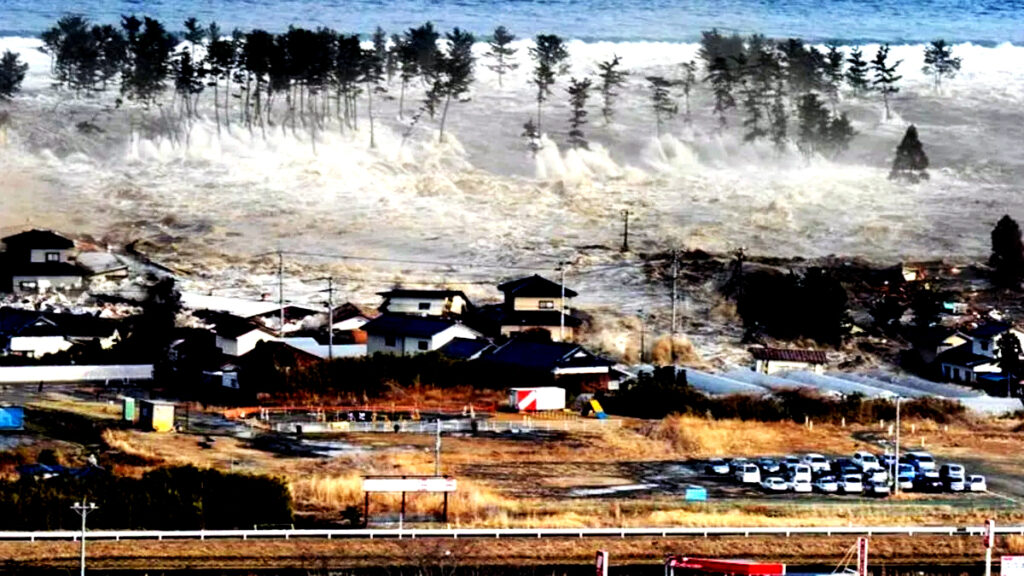
On Monday, January 13, at 9:19 PM local time, a powerful earthquake with a preliminary magnitude of 6.9 struck the Kyushu region in southwestern Japan. The Japan Meteorological Agency (JMA) reported that the quake originated at a depth of 30 kilometers. Tsunami advisories were issued for waves up to one meter high in Miyazaki and Kochi prefectures. Authorities urged coastal residents in Kochi to evacuate as a precaution.
While there have been no reports of major damage, public broadcaster NHK reported a 20-centimeter tsunami wave in Miyazaki city, home to 400,000 residents. Experts are also investigating potential links between this earthquake and the Nankai Trough, a tectonic zone previously flagged for its megaquake risks.
Japan’s frequent seismic activity is tied to its location on the “Ring of Fire,” a horseshoe-shaped zone of intense tectonic activity encircling the Pacific Ocean. This region spans 40,250 kilometers and includes over 15 countries, such as Indonesia, Chile, and the United States.
Because of the ongoing movement of tectonic plates, earthquakes are common throughout the Ring of Fire. These plates frequently move over and beneath one another, slide past one another, or clash, causing tremendous stress that is released in earthquakes. This tectonic movement also fuels volcanic activity. Volcanoes are created when magma rises from subduction, which occurs when one plate is shoved beneath another.
Japan is particularly vulnerable due to its location at the meeting point of four plates: the Pacific, Philippine Sea, Okhotsk, and Eurasian. This serves as a reminder to the globe of the strong forces that exist beneath our feet.
